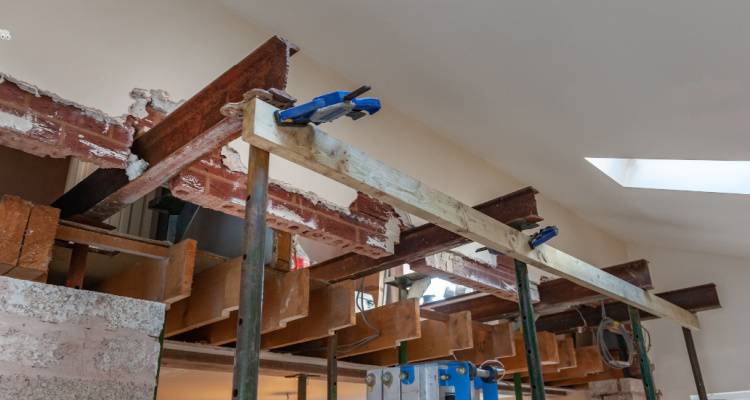Hedge Removal Cost
- The average hedge removal cost is around £275.
- The job will take approximately 1 to 2 days to complete.
- A breakdown of hedge cutting prices per metre, including leylandii and privet hedges, and what impacts those costs.
- How to remove a hedge with the help of our step-by-step instructions, and how to know when it's best to hire a gardener.
- How long hedge removal takes, as well as additional jobs you can have done at the same time.
- How to find and hire a local gardener using MyJobQuote.
Wondering how to remove a hedge and what it costs?
On average, the hedge removal costs around £275. However, this figure can differ depending on the type of hedge, the complexity of the removal process, the size of the hedge, and other factors.
This guide will tell you everything you need to know about the cost of removing a hedge, how to remove a hedge, and some of the things you should look out for when hiring the right gardener for the job.
Are you ready for a quote?
We have a wide range of local gardeners ready to offer you a free estimate through MyJobQuote!
This way, you can gather 3 quotes quickly and easily, making your quote comparison a breeze and getting your hedge removal project started as quickly as possible.
Let's get started!
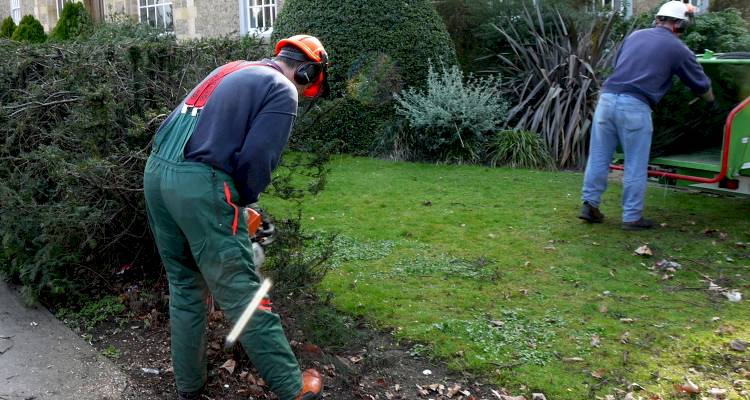
£275
Table of Contents
- How Much Does Hedge Removal Cost?
- Additional Hedge Removal Costs
- How Much Do Gardeners Charge to Remove Hedges?
- What Impacts Hedge Removal Costs?
- What's Involved in Removing Hedges?
- Can I Remove Hedging Myself?
- Building Regulations and Planning Permission for Hedge Removal
- Checklist: Hiring Hedge Removal Experts in the UK
- FAQs
- Sources
How Much Does Hedge Removal Cost?
So, how much does a hedge removal cost?
The average cost of removing a hedge is around £150 to £400. The cost will depend on the size of the hedge, the ease of access, the difficulty of the job, and your location in the UK.
On average, you can expect hedge-cutting prices per metre to start at £5 to £10 per m² for small hedges, £10 to £15 per m² for medium hedges, and £15 to £25 per m² for large hedges.
Read on to learn more about the cost of removing hedges, the additional costs that may come up, and the factors that may affect the overall cost of the job.
How much does it cost to trim an overgrown beech hedging (around 30 metres in length) for initial work and ongoing maintenance?
Hedge Removal Prices
Below is a list of the prices involved with removing a hedge:
| Job Description | Average Cost |
|---|---|
| Small Hedge Removal | £150 – £200 |
| Large Hedge removal | £300 – £400 |
| Large Leylandii Hedge Removal | £300 – £400 |
| Small Privet Hedge Removal | £150 – £200 |
| Large Privet Hedge Removal | £300 – £400 |
| Excavator Hire | £75 – £100 |
| Labour Costs (per day) | £150 – £200 |
Additional Hedge Removal Costs
There are several additional costs that you may need to think about when removing garden hedges.
Below is a list of the main additional costs that may come up with this type of work:
Garden Waste Removal
Once your hedge is removed, you may need to pay for a garden waste removal service separately. While some gardeners will include this service as part of the quoted price, you should never assume.
If you need to hire a separate company to remove the waste for you, you can expect waste removal costs of anywhere from £15 to £400, depending on how much waste needs to be removed and your chosen removal method.
Another option is to hire in a skip for the waste removal, and to do the waste removal yourself. Skips cost between £60 to £800+ depending on the size of the skip, with a small 2 - 3 yard mini skip (suitable for around 30 bin bags worth of waste) costing £60 to £130, and larger 40-yard roll-on roll-off skips (suitable for 440+ bin bags) costing £400 to £800.
While this job is undoubtedly labour-intensive, having a skip at your property can be useful as part of other home renovation jobs, helping you to combine the price into other household projects.
Garden Maintenance
Once your garden hedge has been removed, you may want to hire a gardener to come and complete some maintenance work on your garden. This can include a range of things, such as hedge trimming, mowing, and tidying up your flowers.
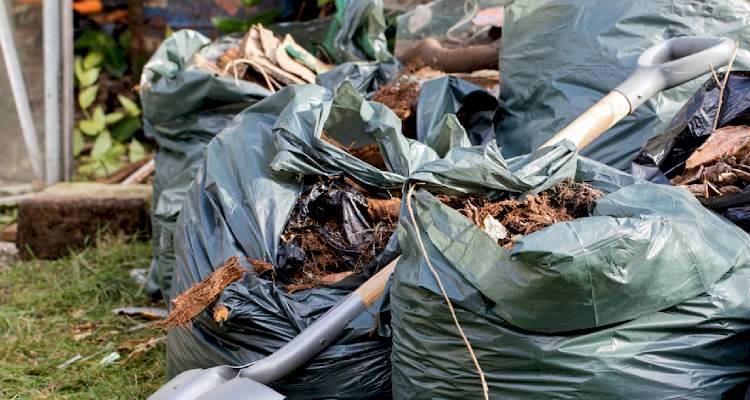
The cost of garden maintenance will largely depend on how much work is needed, and the length of time the gardener spends at your property. In general, you can expect to pay around £14 to £25 per hour in labour fees for a local gardener.
Tree Pruning, Maintenance, and Removal
While you're searching for local gardeners, it's a good idea to optimise their visit with additional jobs. This can save you from multiple call-out fees, while getting your garden in the best shape possible.
When a tree becomes diseased, acting quickly is important. It can weaken the tree's structure, and in high winds or storms, the tree is more likely to fall, potentially causing damage to property, people, and animals.
For instance, you may have an old or diseased tree requiring attention. The cost of tree felling ranges from £150 to £350 for a 25ft tree. Larger, more established trees of 75ft+ can command costs of £1,000 to £2,500.
Tree root removal isn't something you want to tackle yourself, as it often requires the need for specialist equipment, with the cost of tree stump removal ranging from £150 to £350.
You can opt for tree stump grinding as a cost-saving alternative, starting at £40, but this won't remove the full tree root system, leaving the potential for re-growth.
If the tree simply needs a prune, the typical cost of pruning a tree is £550, showing it's a good idea to keep up with regular maintenance before any problems or diseases set in.
How Much Do Gardeners Charge to Remove Hedges?
Now, let's take a look at labour costs and timescales.
Removing a hedge can be quite a difficult task, and it may require some specific equipment. You will need to hire a competent gardener who has the experience and skills needed to remove hedges and their roots, which is often the hardest part of the job.
The average price you can expect to pay a contractor for removing hedges is around £150 to £200 per day. Most garden hedge removal services can be completed within a day - however, if your garden hedge is quite large, difficult to remove, or access, it could take longer.
For those based in and around the London area, the labour costs for removing hedges will usually end up being higher than the labour costs for those based in the north or other parts of the UK due to increased demand.
How much would it cost in waste removal expenses to have a three metre hedge removed?
What Impacts Hedge Removal Costs?
Several factors can affect the overall cost of removing your garden hedges.
Here's a list of the main factors that will affect overall hedge-cutting prices per metre:
Hedge Size
A larger hedge will require more time to remove and, therefore, will end up costing more in labour. A gardener will usually charge at least half a day's work.
However, if the work takes longer than half a day, you can expect to pay a full day's rate or more. Some larger hedges may take 2 to 3 days to completely remove, so that's something that you should keep in mind as it can affect the cost of the job by quite a sizeable amount.
Skip Hire
If you need to hire a skip to dispose of all of the pieces of the hedge, you can expect to pay more for the overall cost of the job. This will usually cost around £60 to £800, depending on the size of the skip.
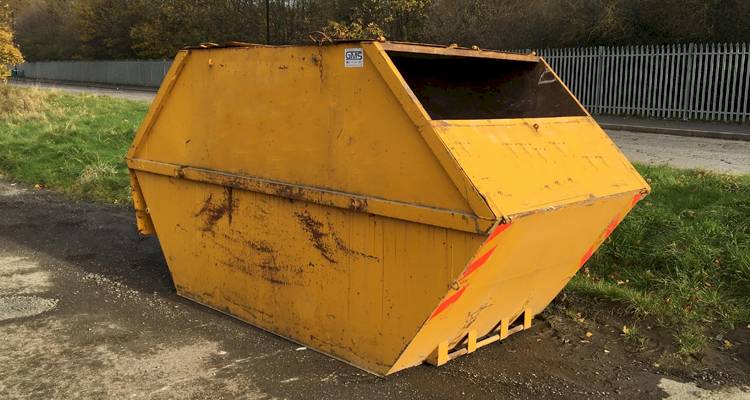
The skip's size will depend on the size of the hedge you're removing and whether there is any additional garden waste you need to dispose of at the same time.
Ease of Access
If your hedge is difficult to access, or if it is difficult to get the equipment in the right place for removing the hedge, then this can result in some additional costs.
These factors can make the work more difficult and will usually add more time to the length of the job. This ultimately results in additional labour costs.
What's Involved in Removing Hedges?
Here's a step-by-step guide on how to remove hedges and how the scope of the work impacts hedge-cutting prices:
- Start by using a reciprocating saw and cut off the hedge branches close to the bottom, but leave a small stump at the bottom.
- Remove each little cut-off piece of the hedge as you go along. You may find that some of the pieces are intertwined with other pieces, so it may be difficult to pull them away. If so, it's best to continue with sawing until you can pull the loose pieces of hedge away.
- Once all of the bulky parts of the hedge have been removed with the saw, you should then be left with a number of stumps in the ground. These stumps will also need to be removed.
- To remove the hedge stumps, you will need to use a spade and hack at the ground around the stumps to loosen them. You need to keep in mind that the roots may be quite far down in the ground, so digging may be required to loosen them up enough.
- Try to remove as much of the dirt and soil from around the roots so you can make them as loose as possible.
- Once the roots are loose enough, you should then be able to pry them away from the ground with a spade and pull them out of place with your hand. These stumps can then be disposed of.
- Repeat the above step for all of the stumps that you're left with until none of the hedge parts remains intact in the ground.
How long should I wait to cut hedges to ensure I don't hurt nesting birds?
Can I Remove Hedging Myself?
If you are a competent gardener and don't mind the odd DIY job, then you can remove small hedges yourself using the method above, which is great if you are on a tight budget and don't want to spend on hedge trimming costs.
However, some hedges can be quite large, and many can be very stubborn, so this is something that you need to keep in mind, as the DIY route may not be the best option.
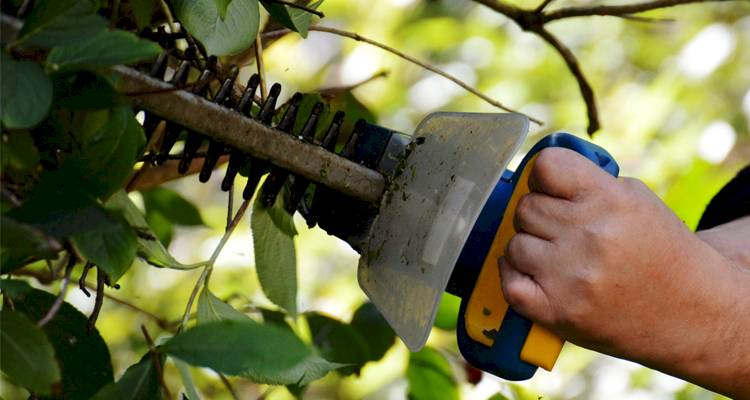
For very stubborn hedges, you may need specialist equipment, such as a hoist or an excavator, to get the roots out of the ground. Also, it can be dangerous to cut some hedges if they are quite large.
With this in mind, for larger and more stubborn hedges, it's a good idea to leave it up to the professionals to remove your hedges, as they will be trained correctly and know just what hedge removal tools are needed to do the job.
Building Regulations and Planning Permission for Hedge Removal
When it comes to removing your hedges, you won't usually need to worry about planning permission. However, if your home is in a conservation area, you should check with your local council before doing the work.
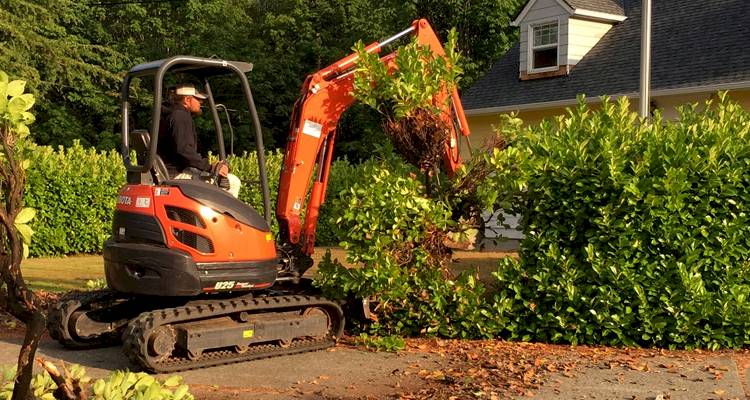
Building regulations also don't apply to hedges. However, hedge roots can affect the foundations of your home, so this is something that you should consider if the hedge is close to your home. If you are unsure whether the hedge is an issue for your home foundations, it's best to speak to your contractor for some advice.
Checklist: Hiring Hedge Removal Experts in the UK
You will need to consider a few things before you start searching for local gardeners to remove your hedges for you.
Below is a list of some of the main things that you should consider when looking for a local hedge removal specialist:
- Does the contractor offer any guarantees with their work?
- How much does hedge trimming cost? Ask for a breakdown of costs so you can ensure you are paying a good price for each element of the job.
- Is the contractor experienced in removing the specific type of hedges that you have?
- How many years' worth of experience does the contractor have in removing hedges, and how many contractors will carry out the job?
- Will the contractor fix any issues that may arise during the work?
- Will the contractor take care of any relevant waste removal?
- Do you need to hire any additional contractors for different parts of the work?
- Does the contractor need any additional tools or equipment to carry out the work?
- Does the contractor hold any relevant insurance needed for the work?
FAQs
When Is the Best Time to Cut Hedges?
How Do You Sharpen a Hedge Trimmer?
Always file towards the cutting edge for a perfectly sharp blade. Be careful not to sharpen too far - you should only lightly sand it. Use the same number of strokes for each cutting edge to ensure it remains even.
What Time of Year Is Best for Planting New Hedges?
I Can’t Dig My Hedge Roots Out by Hand - What Can I Do?
Are There Any Laws about Removing Hedges?
Sources
https://www.planningportal.co.uk/permission/common-projects/trees/planning-permission
https://www.stihl.co.uk/en/garden-ideas-and-advice/power-tool-maintenance/hedge-trimmer-tips/hedge-trimmers-sharpening






